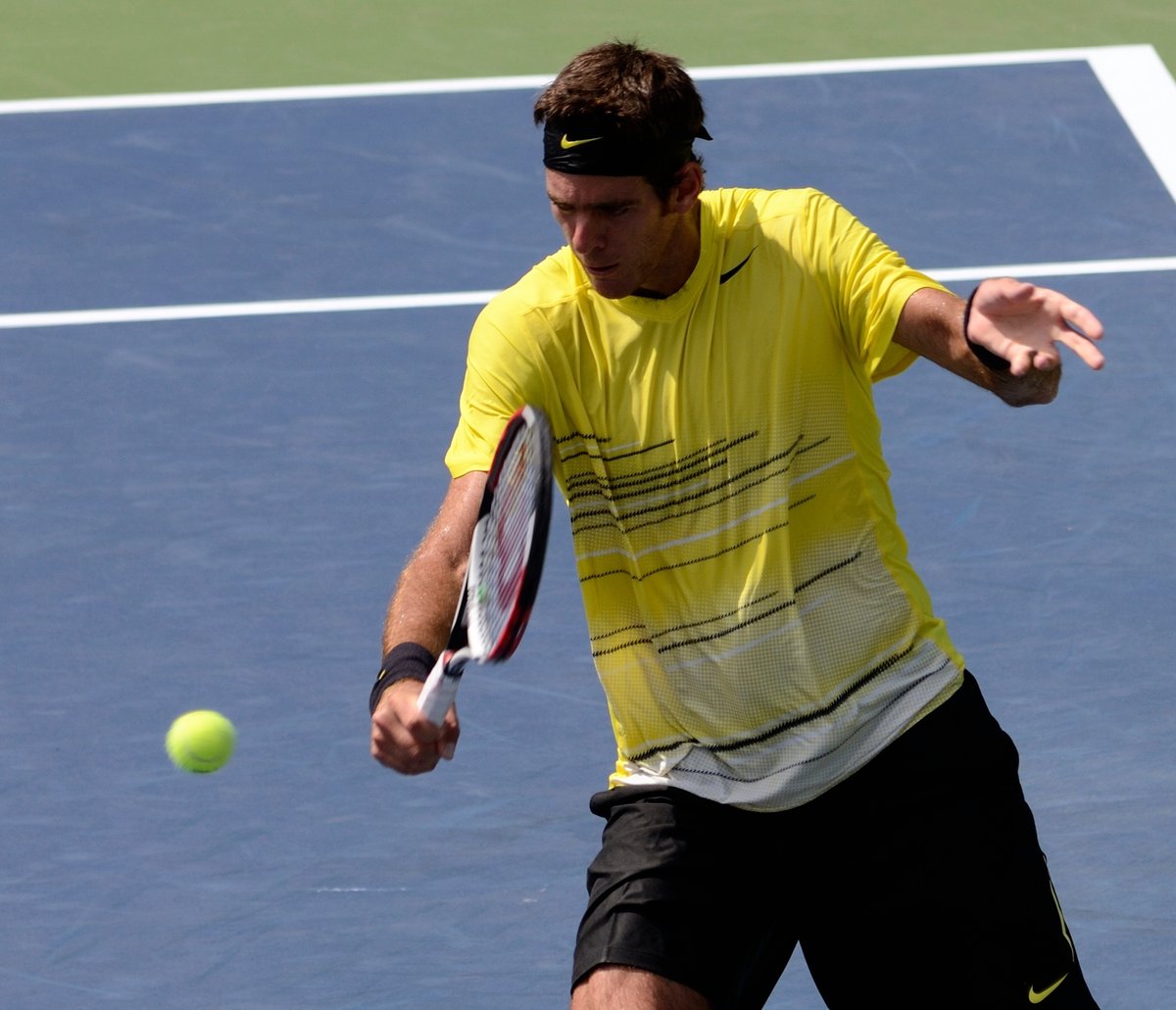
Four Key Aspects in Tennis #2: Offense
Offense
The second fundamental aspect is offense, and it's rather self-explanatory. Offense revolves around taking calculated risks to secure a rally win. These risks can range from minimal to substantial, but it's obvious that mindlessly attempting baseline winners and making avoidable unforced errors is not a wise approach. This lack of consistency directly violates the first fundamental aspect, "Consistency." Therefore, my tennis philosophy centers on finishing points at the net, avoiding baseline winners altogether. You may witness top players executing incredibly precise forehand winners or lightning-fast jumping backhand winners from the baseline, but such precision and power are products of extensive and repetitive training, opportunities that amateur or club players typically lack. Hence, my recommendation is to focus on executing effective approach shots instead.

The Backhand Angle Shot
To provide further explanation, my preferred approach shot is the backhand angle shot. When executing this shot, I intentionally incorporate a small jump into my technique, giving myself a little more angle and aiming to achieve a flatter trajectory. This approach forces my opponent to cover a larger portion of the court and deal with a low-bouncing ball that travels farther away from their position. Additionally, introducing variation to this shot selection, by opting for a slice shot instead of a flat one, can add an extra dimension to my game.

The Topspin Loop Shot
Another approach shot that I find quite effective is the topspin loop shot. The tactic here is specifically designed to produce a slow but high-bouncing ball. The slower speed of the ball allows the opponent to reach for a shot before it goes out of bounds. However, they are compelled to hit either from a deep position or at a high point of contact, making it challenging for them to execute precise passing shots. Typically, the opponent resorts to a defensive slice shot in response, setting me up for a subsequent volley, or they may attempt a lob shot, in which case I seize the opportunity, delivering an end to the point with a smash.

Effective Baseline Strategies
Last but certainly not least, mastering effective baseline tactics is an absolute necessity in the modern tennis game. The big four have consistently demonstrated great presence in the game, thanks to their exquisite baseline strategies. Even among the newest generation of top players, individuals like Alcaraz and Tsitsipas have elevated net play to a pivotal aspect of their tennis game. However, it's essential to recognize that this net proficiency is firmly built upon effective ball control and shot selection from the baseline. In forthcoming blog posts, we'll dive deep into these strategies in greater detail.

Next Stop: Serve and Return
I hope, in today's blog, I was able to provide you with a little more advanced technique with potential strategies you might want to try out the next time you step onto the court. Next up is the third key aspect in tennis, which is Serve and Return, the first two shots of any point out there (unless the point is over with a service winner, of course)! Stay tuned!
この記事が気に入ったらサポートをしてみませんか?
